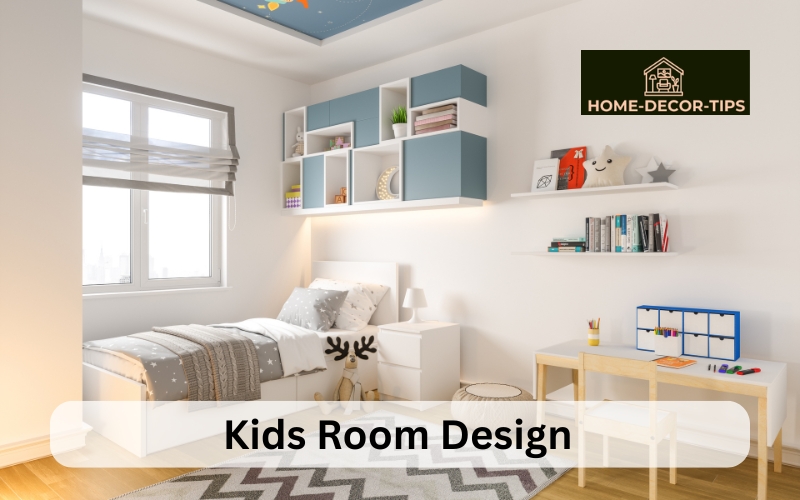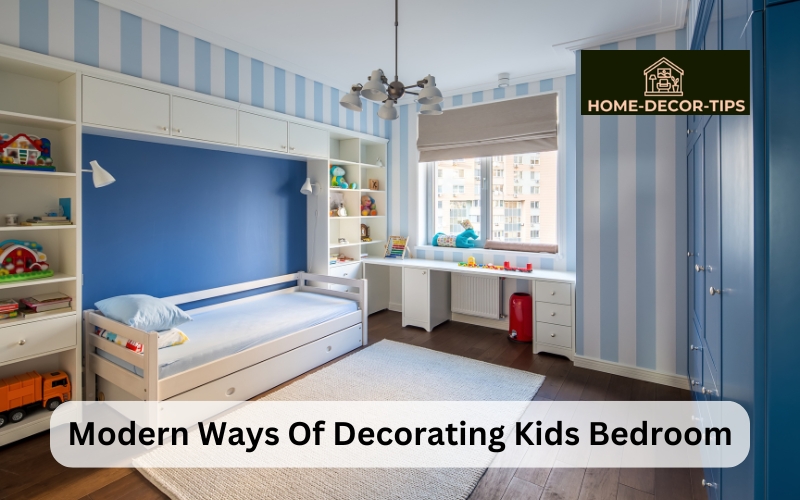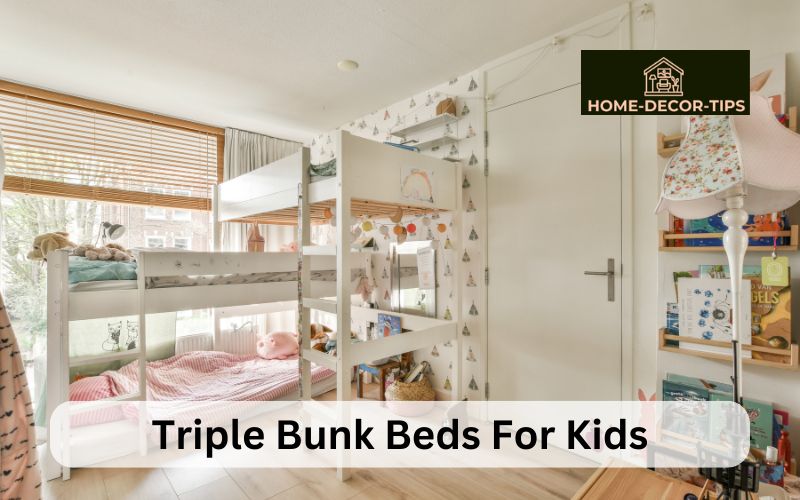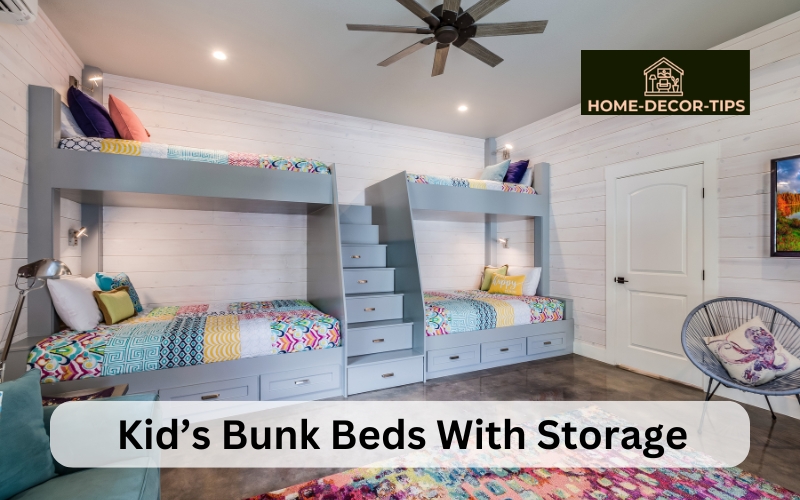What are some suggestions for kid’s room designs?

Designing a kid’s room involves creating a space that is not only functional and organized but also reflects the child’s personality and interests. Here are some suggestions for kid’s room designs to inspire you:
Themed Decor:
Choose a theme that aligns with your child’s interests, whether it’s outer space, jungle safari, under-the-sea adventure, princess castle, superhero lair, or enchanted forest. Incorporate themed bedding, wall decals, rugs, and accessories to bring the theme to life and spark your child’s imagination.
Colorful Palette:
Opt for a vibrant and playful color palette to create a cheerful and inviting atmosphere in the room. Consider incorporating bright primary colors or pastel hues, or let your child choose their favorite colors to personalize their space. Use color strategically on walls, furniture, and accessories to add visual interest and energy to the room.
Functional Furniture:
Invest in furniture that is both functional and kid-friendly. Choose pieces that offer storage solutions such as built-in drawers, shelves, or cubbies to keep toys, books, and clothing organized. Consider multipurpose furniture such as bunk beds with built-in desks or trundle beds for sleepovers to maximize space efficiency.
Interactive Elements:
Incorporate interactive elements that encourage creativity, learning, and play. Install a chalkboard or whiteboard wall for drawing and writing, set up a reading nook with cozy bean bags or cushions, or create a mini art studio with a craft table and supplies. Include age-appropriate toys, games, and puzzles to stimulate your child’s imagination and cognitive development.
Personalized Touches:
Add personalized touches to make the room feel special and unique to your child. Display their artwork, photographs, and achievements on gallery walls or cork boards, hang their name or initials as wall decor, or create a custom mural or wallpaper featuring their favorite characters or motifs. Encourage your child to contribute to the design process to foster a sense of ownership and pride in their space.
Cozy Textiles:
Incorporate soft and cozy textiles to create a comfortable and inviting environment. Choose plush area rugs, curtains, and bedding made from tactile fabrics such as cotton, fleece, or flannel. Layer throw blankets and accent pillows in fun patterns and textures to add warmth and personality to the room.
Organized Storage:
Prioritize storage solutions to keep the room organized and clutter-free. Use labeled bins, baskets, and boxes to corral toys, books, and art supplies, and install wall-mounted shelves or bookcases to display and store belongings. Encourage your child to participate in the cleanup process by making storage accessible and intuitive.
Flexible Layout:
Design a flexible layout that can adapt to your child’s changing needs and interests over time. Arrange furniture in a way that allows for easy movement and encourages different activities such as play, study, and relaxation. Consider modular or lightweight furniture that can be easily rearranged to accommodate evolving preferences.
Safety Measures:
Ensure that the room is safe and child-proofed to prevent accidents and injuries. Secure furniture to the wall to prevent tipping, use cordless window treatments to eliminate choking hazards, and install safety gates or door locks as needed. Choose non-toxic materials and finishes for furniture and decor to promote a healthy indoor environment.
Growth-Inspiring Decor:
Design a room that grows with your child and inspires their curiosity and creativity. Incorporate elements that encourage exploration and discovery, such as maps, globes, telescopes, or musical instruments. Create a space where your child can dream, play, learn, and express themselves freely, fostering a sense of wonder and imagination.
By incorporating these suggestions into your kid’s room design, you can create a space that is not only functional and organized but also inspiring, personalized, and filled with joy and creativity. Encourage your child to be involved in the design process, and have fun exploring different ideas and possibilities together.







